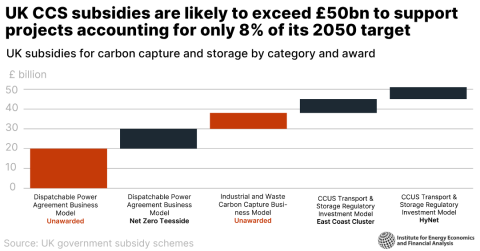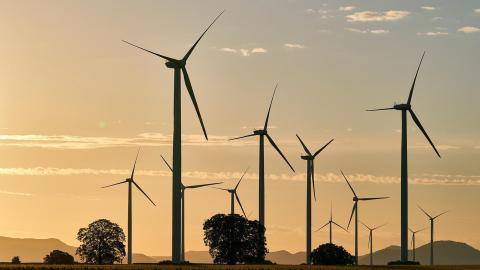The ‘Shale Revolution’ Has Not Paid Investors Very Well
Given all the hype over the U.S. shale revolution, one would expect above-average share performance for shale operators. This has hardly been the case, however, with performance ranging for the most part from mediocre to abysmal.
The revolution started of course with the vast Marcellus shale, which has been in the news most recently for a fracking ban imposed by the State of New York (following a long, drawn-out moratorium). That ban is certainly a setback to some investors, but there’s a lot more to the Marcellus than New York. It spans Pennsylvania, West Virginia and Ohio, and producers have been busy in those places.
One would expect—given all the noise about shale—that these companies would have posted returns commensurate with their great expectations for growth.
That’s not what has happened. The performances over the past five years of the five biggest Marcellus producers — Anadarko, Chesapeake Energy, Exco Resources, Range Resources, and EOG (formerly Enron Oil and Gas)—tell the story. Of these five companies, only EOG has posted reasonable returns, with its share price up about 85 percent, which is line with the S&P 500 Index. EOG has kept pace with the broader stock market, in other words, but has not outperformed it.
EOG’s competitors in the Marcellus shale, by comparison, have posted shockingly weak returns. The next-best performance was from Anadarko, returning a mere 18 percent over five years. The other three posted negative returns: Range (-1 percent), Chesapeake (-31 percent) and Exco (-89 percent).
The more recent shale play has involved tight-oil extraction, of which the best examples come from the Bakken shale in North Dakota and the Eagle Ford shale in Texas. The rock star in the Bakken has been Continental Resources, which has posted an approximately 120 percent gain over five years. Its peers, however, have significantly underperformed the S&P 500 Index. Hess Corp. has returned 22 percent since 2010, while Whiting Petroleum and StatOil have posted negative returns of -12 percent and -19 percent, respectively.
One way of looking at the overall Bakken play is that you would’ve made money had you been lucky enough to cherry-pick the correct company.
The same pattern emerges in the Eagle Ford shale. The top operators there are EOG, Chesapeake, Anadarko, Marathon and BHP Billiton. While EOG’s performance kept pace with the S&P 500 Index, the next-best was Marathon’s (53 percent), and the worst was BHP’s (-33 percent).
If you run the numbers on the shale revolution over just the past two years, they’re even worse—across the board. Shale-play returns have been only marginal for most of even the “best” companies.
The roots of this disappointment are in rapidly-changing energy markets where old paradigms are being challenged. Energy-sector investors see more potential today in clean-energy companies than they do in the tried-and-true oil and gas companies of old. Solar stocks in some cases, for instance, have outperformed their oil and gas counterparts by multiples over the past few years.
Meanwhile, investment bankers have made extraordinary statements to their most sophisticated clients about the decline and potential demise of hydrocarbon-based energy, a notion that was all but unthinkable five years ago.
Deborah Lawrence is an IEEFA energy consultant and president of Energy Policy Forum.















